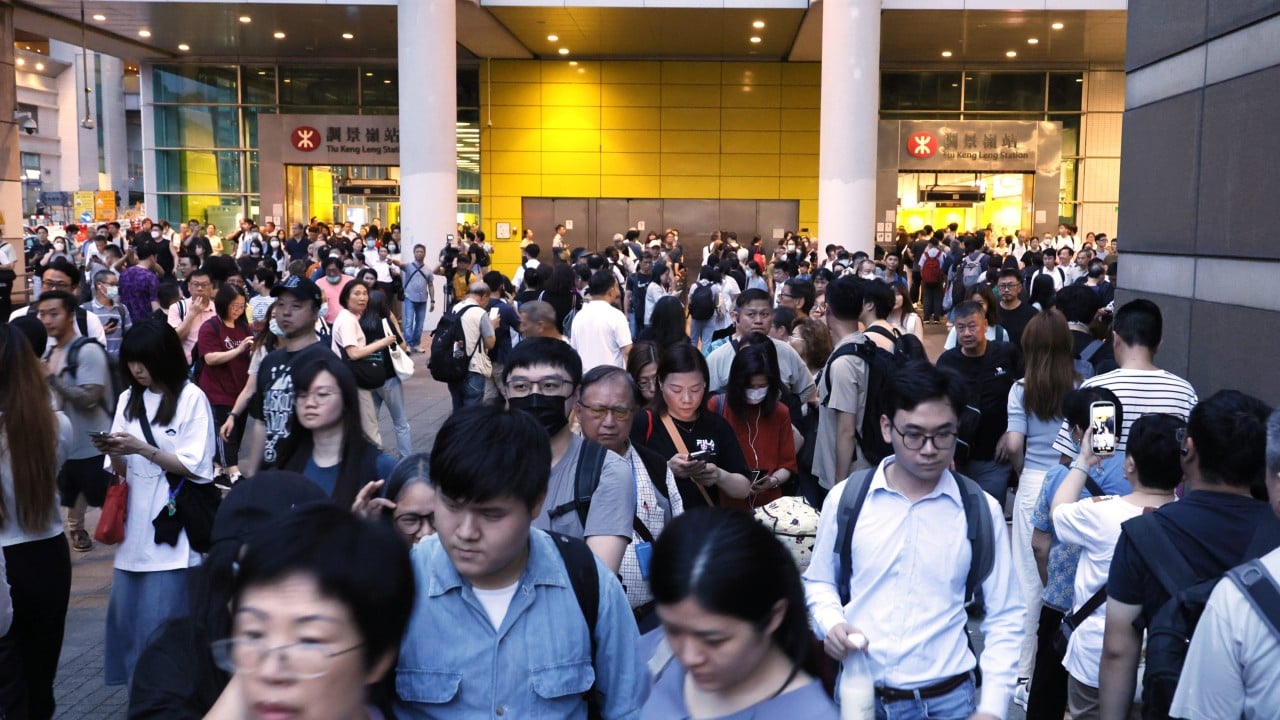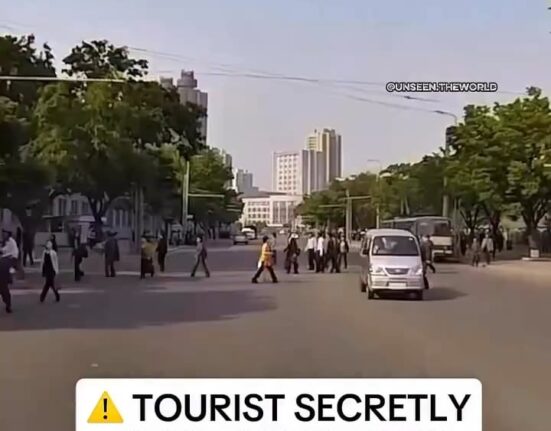Hong Kong was abuzz with frustration and inconvenience as the city’s bustling transport lifeline, the MTR Corporation, faced a potential HK$19.2 million penalty for a significant service disruption on the Tseung Kwan O line. The chaos ensued due to malfunctions that brought the railway to a grinding halt for five long hours. Lawmaker Gary Zhang Xinyu emphasized the urgent need for the rail giant to revamp its maintenance practices, urging the incorporation of advanced technology to expedite inspections and prevent future mishaps.
As the city grappled with the aftermath of the extended service suspension, voices of discontent grew louder, demanding accountability from the MTR Corp. The looming fine of HK$19.2 million cast a shadow over the corporation, highlighting the repercussions of operational failures in a densely populated metropolis reliant on seamless public transportation.
Gary Zhang’s call for leveraging technology to enhance maintenance efficiency struck a chord with industry experts, who emphasized the critical role of real-time data analysis and sensor technology in ensuring the smooth operation of complex rail networks. The need for a proactive approach to identifying and resolving issues before they escalate into full-blown disruptions became glaringly apparent in the wake of the Tseung Kwan O line debacle.
The intricate web of overhead cables and signaling systems that form the backbone of Hong Kong’s rail infrastructure faced scrutiny following the incident, underscoring the fragility of the intricate network that millions of commuters depend on daily. The MTR Corp’s preliminary findings pointed to a displaced overhead cable component in a tunnel section as the root cause of the breakdown, sparking concerns about the system’s vulnerability to such technical glitches.
Amid the chaos and inconvenience experienced by passengers stranded during rush hour, the ripple effects of the service suspension reverberated across the city. Long queues snaked outside stations, with frustrated commuters jostling for alternative transport options in a bid to reach their destinations. The disruption not only disrupted daily routines but also laid bare the systemic challenges plaguing Hong Kong’s public transportation system.
As the MTR Corp grappled with the fallout of the incident, the imperative for a robust and resilient rail network emerged as a pressing concern. The incident served as a wake-up call, prompting stakeholders to reevaluate existing maintenance protocols and invest in cutting-edge technologies to fortify the city’s lifeline against future disruptions. The convergence of public outcry, regulatory scrutiny, and expert recommendations underscored the need for a paradigm shift in how Hong Kong’s transport infrastructure is managed and maintained.
In the midst of mounting pressure and scrutiny, the MTR Corp found itself at a crossroads, tasked with not only rectifying past lapses but also charting a new course towards a more reliable and responsive public transport system. The incident underscored the delicate balance between technological innovation and operational resilience, challenging industry players to embrace a proactive approach to safeguarding the city’s connectivity and mobility.
As Hong Kong reflected on the tumultuous events that unfolded on the Tseung Kwan O line, a sense of collective resolve emerged to transform adversity into an opportunity for growth and improvement. The incident, while disruptive, served as a catalyst for fostering a culture of continuous improvement and innovation within the city’s transport ecosystem. The road ahead may be fraught with challenges, but the lessons learned from this episode are poised to shape a more robust and adaptive public transport network for the future.
Originally reported by South China Morning Post
Read more at: https://www.scmp.com/news/hong-kong/transport/article/3311505/hong-kongs-mtr-corp-may-face-hk192-million-fine-5-hour-service-disruption?utm_source=rss_feed









Leave feedback about this